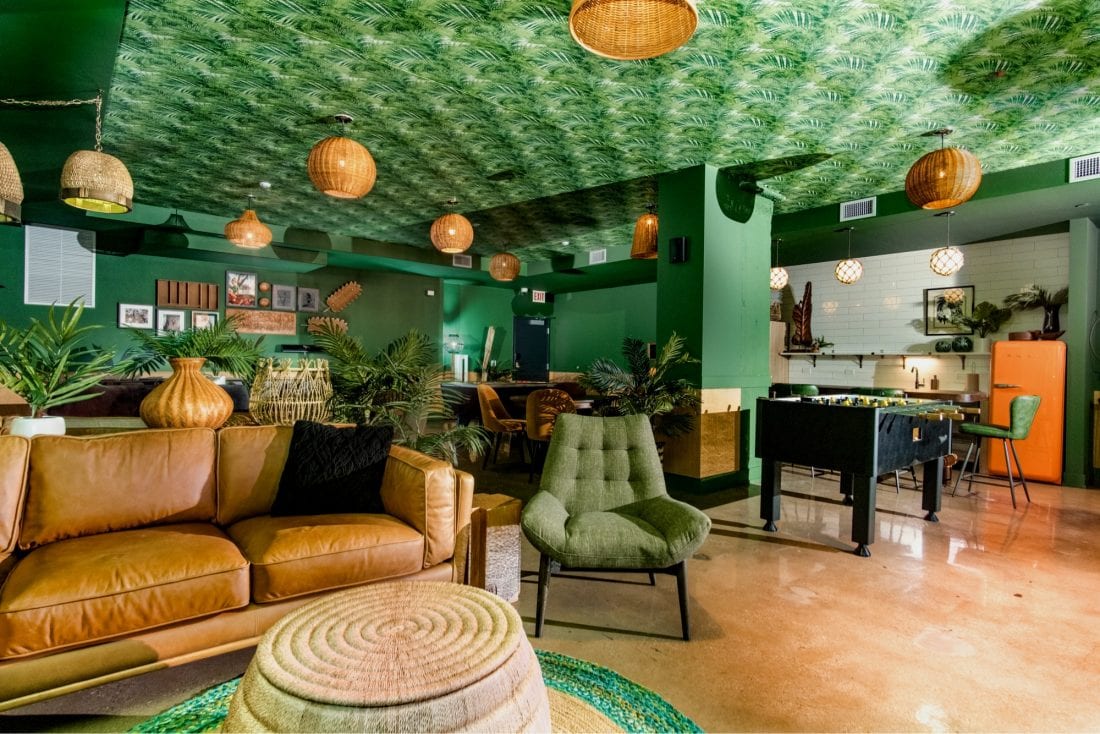How ‘the Draper’ turned
dated Uptown offices into
midcentury-inspired apartments
By Editor Curbed

The two-year transformation of Uptown’s former Combined Insurance building into a new striking apartment development known as the Draper is nearly complete. The adaptive reuse project at 5050 N. Broadway is the latest development from Chicago-based Cedar Street Companies and the group’s first crack at designing a midcentury modern-inspired building.
“We’re always looking at the structure that we inherit to find ways to be authentic,” Cedar Street’s Mark Heffron tells Curbed. “Some of our past projects were more Art Deco-inspired. Bush Temple was turn-of-the-century. Lawrence House took a Roaring ‘20s approach. Here, we focused on the ‘50s portion of the property since it was our first time getting our hands on a midcentury building.”
Chicago architecture firm Booth Hansen oversaw the recladding of the old 12-story office building—swapping what Heffron calls a “flat, tired curtain wall” for a fresh, more contemporary facade with a lot more depth and texture.
Stepping into the Draper—which takes its name from a not-so-subtle nod to Mad Men—it’s hard to miss the midcentury modern design of the lobby. The thematic decorating continues in the building’s seventh-floor lounge (which connects to an outdoor pool, a dog run, and grilling stations) as well as in the emerald green paint jobs and globe lighting in the residential hallways.
Cedar Street’s in-house designer Heather Fritz made creative use of a windowless corner of the building by carving out unique amenities. These include a 1950s Hollywood-inspired screening room, a multi-level gym, and a tropical tiki lounge-themed game room with palm leaf wallpaper on the ceiling.
“Mid-century modernism was a no-brainer as the source of inspiration for design,” Fritz tells Curbed. “Tiki lounges and mid-century go hand in hand. There was a sort of obsession with tropical environments in Hollywood movies of the era, and Hawaii became a state at the end of the era, forever enmeshing American and Polynesian culture.”